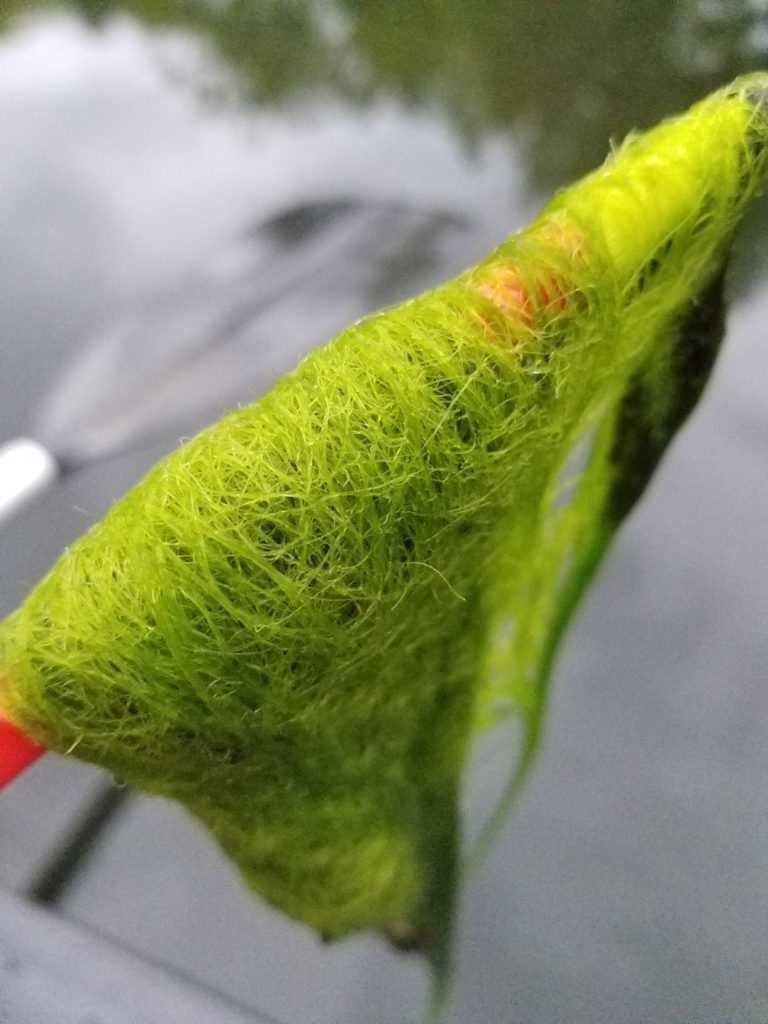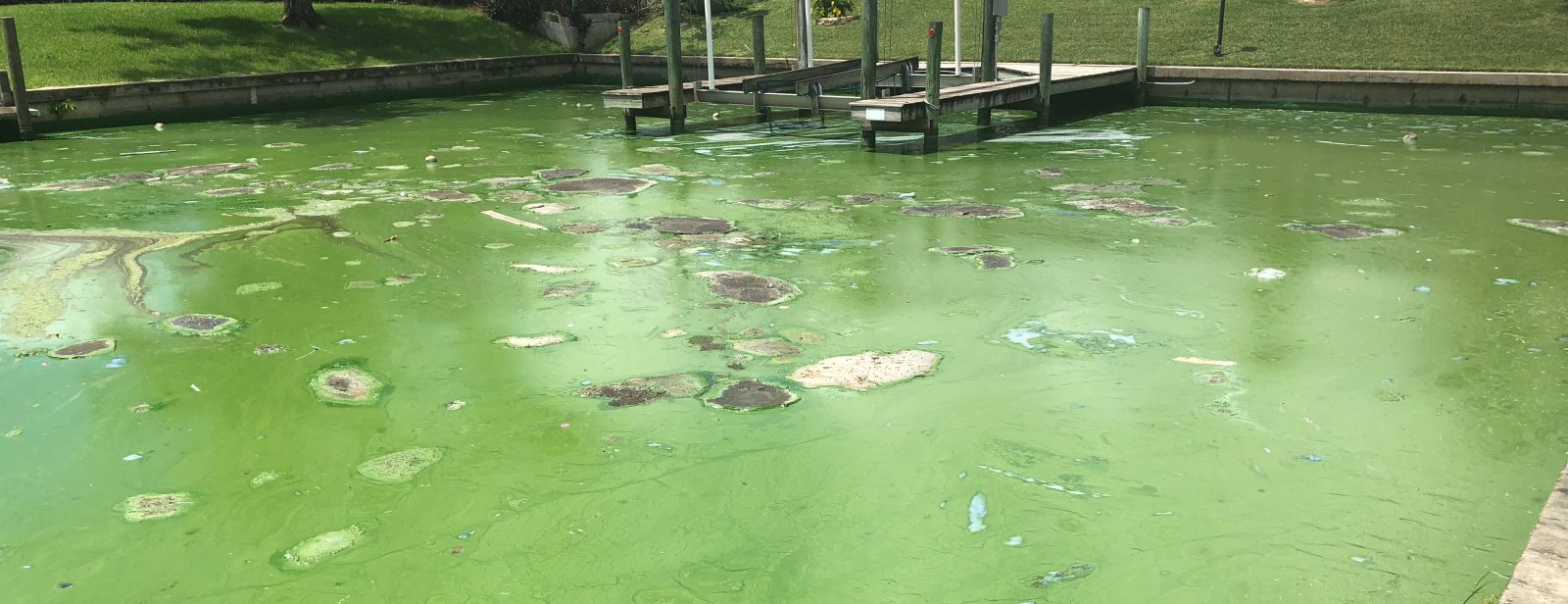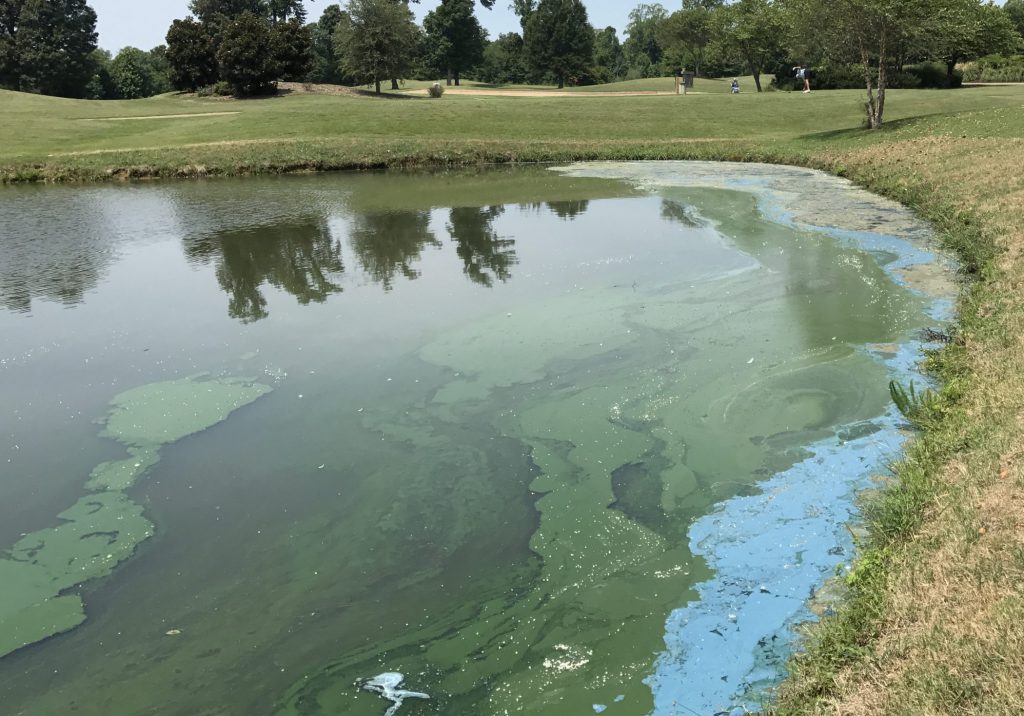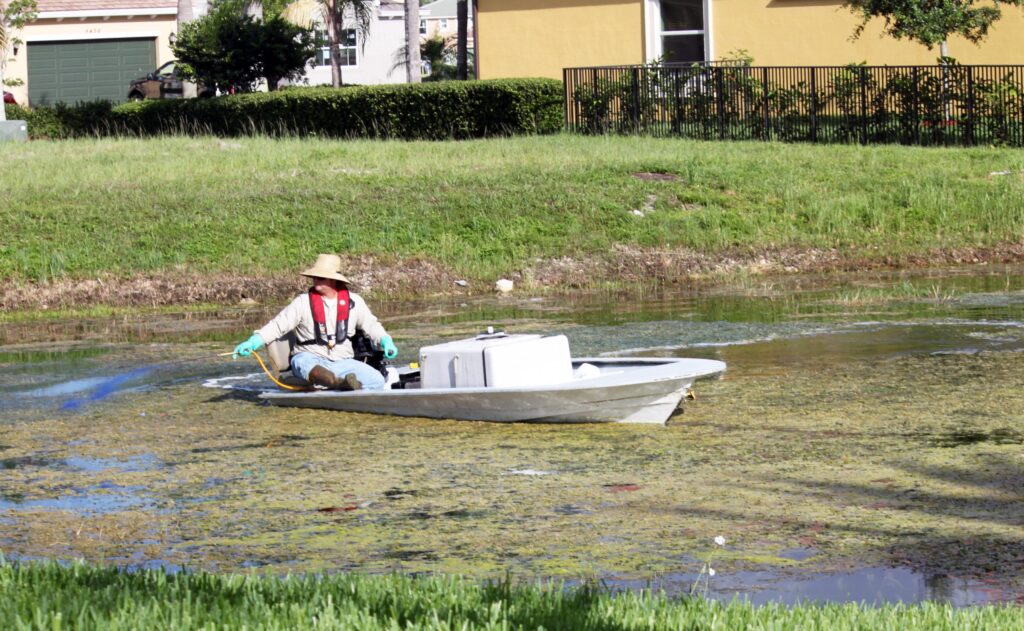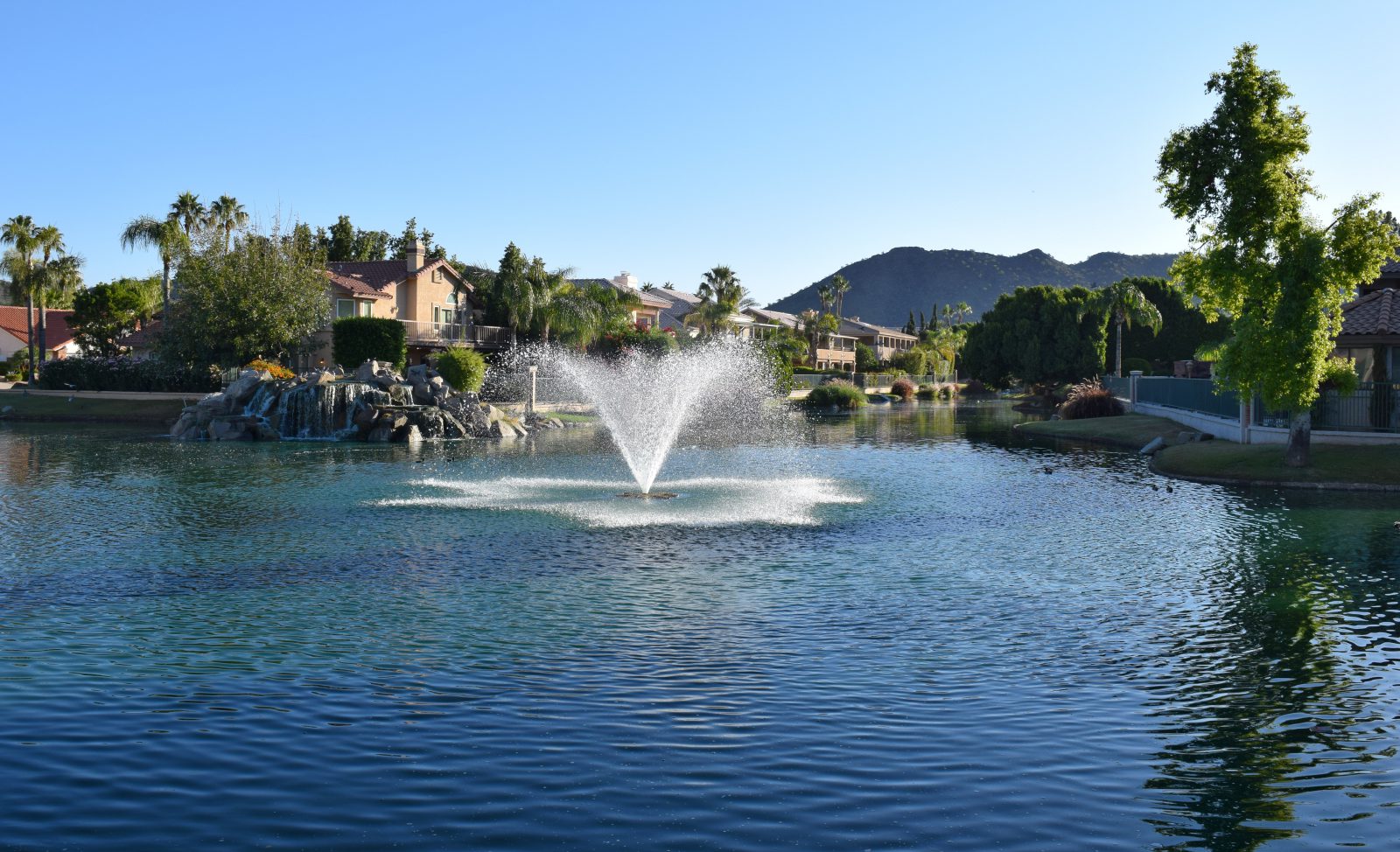
How to Get Rid of Algae in a Pond
If you have a pond, you probably want to know how to get rid of algae in your pond. Algae growth is the biggest complaint we receive from pond owners. Algae are a normal part of your pond’s ecosystem. In small amounts, algae are healthy and an essential component of any aquatic ecosystem. It is not always a sign that you should panic. But when algae become excessive, it can take careful consideration to restore your pond to its original state.
Managing the algae is important. You want to enjoy the natural beauty of your lake or pond. Beyond its aesthetic value, managing the algae is great for both recreational use as well as keeping the waterbody in good condition for fish and wildlife. Algae can render a pond useless for all these purposes.
In order to effectively manage algae levels in the pond, you need to understand the causes and signs of algae overgrowth, methods for preventing it, and solutions for removing excessive algae.
Types of Algae
Algae is an imprecise and informal term that applies to a wide, diverse range of photosynthetic eukaryotic organisms. It’s a catch-all term for many different loosely related kinds of organisms. Types of algae include:
- Red pond algae
- Golden algae
- Green pond algae (cyanobacteria)
- Filamentous
- Blue-green algae
- Bryozoa
- Nitella/stoneworts
- Chara/muskgrass
- Diatoms
Cyanobacteria or Blue-Green Algae in Ponds
One of the most common types of pond algae is cyanobacteria (often referred to as blue-green algae or a Harmful Algal Bloom). Cyanobacteria often form in lakes and ponds as a result of organic material entering the waterbody. Run-off from domestic animal and wildlife droppings, eroded sediment, grass clippings, and fertilizers used by landscapers all contribute to nutrient loading and poor water quality. Cyanobacteria can also release toxins. These toxins help the cyanobacteria to thrive because they kill other competing organisms. This is why algae can quickly take over a pond’s ecosystem.
While not every harmful algal bloom releases toxins, toxin-releasing algae can be extremely harmful. Cyanotoxins, even in small amounts, can be deadly for pets, fish, and wildlife. They can also cause serious health problems in humans including neurological diseases. Ultimately, managing algae in your pond can be a matter of life and death.
Cyanobacteria poisoning in pets can unfortunately happen and is a common occurrence. This often occurs during the tail end of the summer months when toxins are most likely to be released as a result of consistently hot water temperatures. Signs of toxin exposure include:
- Diarrhea
- Rashes
- Jaundice
- Shortness of breath
- Vomiting
- Seizures
- Excessive salivation
- Coma
- Shock
- Death
Signs of Algae Build Up in Ponds
Given how dangerous cyanobacteria can be, it is important to know the signs of excessive algal bloom and cyanobacteria toxins in your pond. Cyanobacteria are best known for their blooms that have the appearance of spilled paint or oily scum that can occur as parallel streaks or clumped dots on the surface of the water. They are often blue, white, or a distinctive “pea soup” green.
Managing these algae is imperative for the health of the pond as well as the humans and animals who enjoy it. It may be tempting to wait until the pond is completely overtaken by algae to focus on pond management. However, by the time you realize you have an algae problem in your pond, it will likely require a considerable investment of time and money to restore balance.
Chemical Treatments for Pond Algae
If a bloom has gotten out of hand, you can hire a freshwater management company to treat your pond using algaecides that are registered through the Environmental Protection Agency (EPA) registered for safe use when applied in proper doses by licensed professionals. However, chemical treatments are a reactive management solution that does not address the underlying water quality issues that caused the bloom to occur.
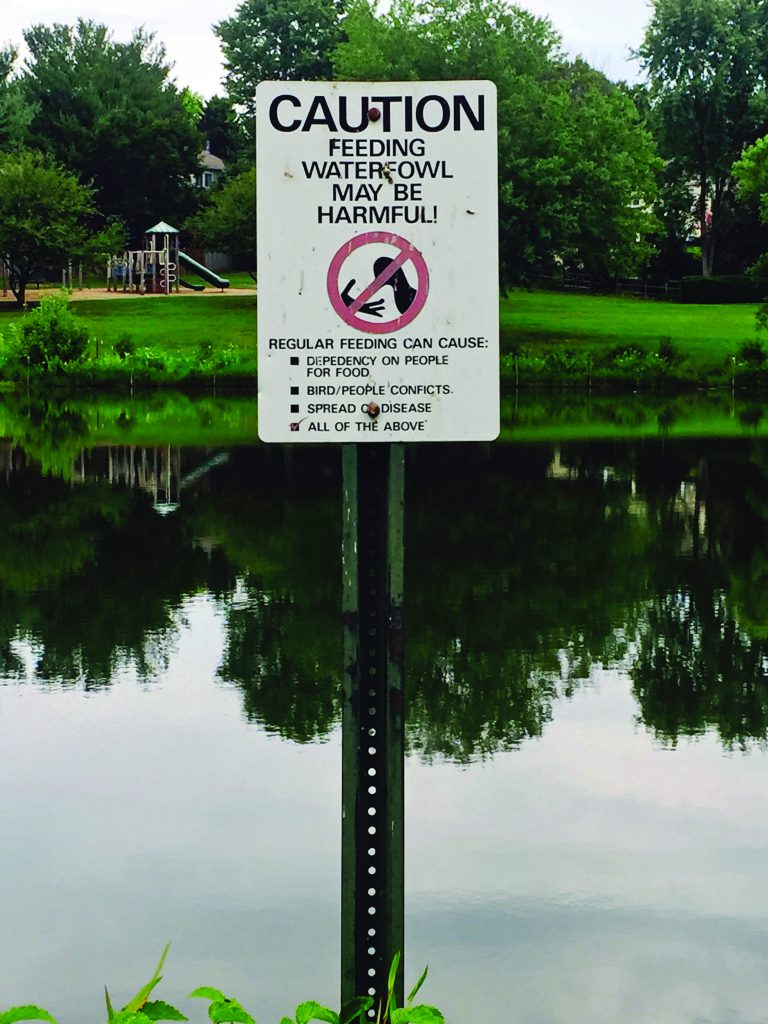
How Do I Get Rid of Algae in My Pond Without Harming Fish? Prevent Algae Before It Starts
Algae result from excessive nutrients in your pond. Anything you can do to limit the organic matter that enters your pond can be helpful. This will help improve overall water quality and limit the likelihood of future problematic algal blooms.
Educating community members who use or work around your pond can also help prevent avoidable run-off. For example, you can speak with lawn maintenance professionals about strategies for reducing the use of nutrient-heavy fertilizers and keeping lawn clippings out of your waterbody. Residents should avoid feeding fish and waterfowl as any uneaten food will contribute to nutrient loading. Lastly, prevent any pets from leaving waste in or near the water.
Implement Proactive Solutions
Professionals can also help implement proactive management solutions to keep your pond balanced. Preventative strategies include water quality testing, the application of beneficial bacteria and nutrient remediation products, shoreline buffer management, fish stocking, native plantings, shoreline stabilization tools like SOX solutions, and aeration and floating fountains.
We all value the water resources in our communities for many reasons. Some people enjoy the recreational aspects and regularly partake in fishing, swimming, and boating with friends and family. Others simply enjoy spending time watching wildlife in their natural habitats. We all have treasured memories of time spent in and around the water. By preserving our lakes and ponds, we can continue our activities, hobbies, and traditions for generations to come.
Managing Algae & Aquatic Weed Growth
SOLitude Lake Management is a nationwide environmental firm committed to providing sustainable solutions that improve water quality, enhance beauty and preserve natural resources.
SOLitude’s team of aquatic scientists specializes in the development and execution of customized lake, stormwater pond, wetland and fisheries management programs. Services include water quality testing and restoration, algae and aquatic weed control, installation and maintenance of fountains and aeration systems, shoreline erosion control, muck and sediment removal and invasive species management. SOLitude partners with homeowners associations, golf courses, private landowners, businesses and municipalities. SOLitude Lake Management is part of Rentokil, a leading business services company, operating across the United States, Canada and Puerto Rico.
For more information, visit SOLitude Lake Management at solitudelakemanagement.com, and connect on Facebook, LinkedIn and Twitter.








